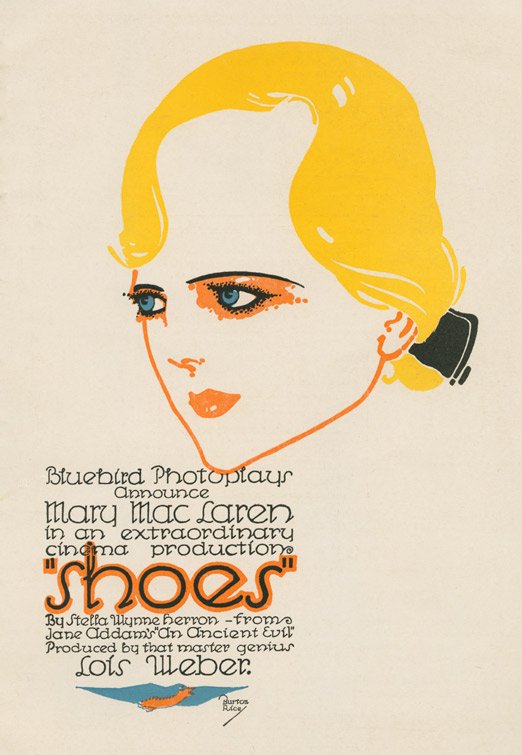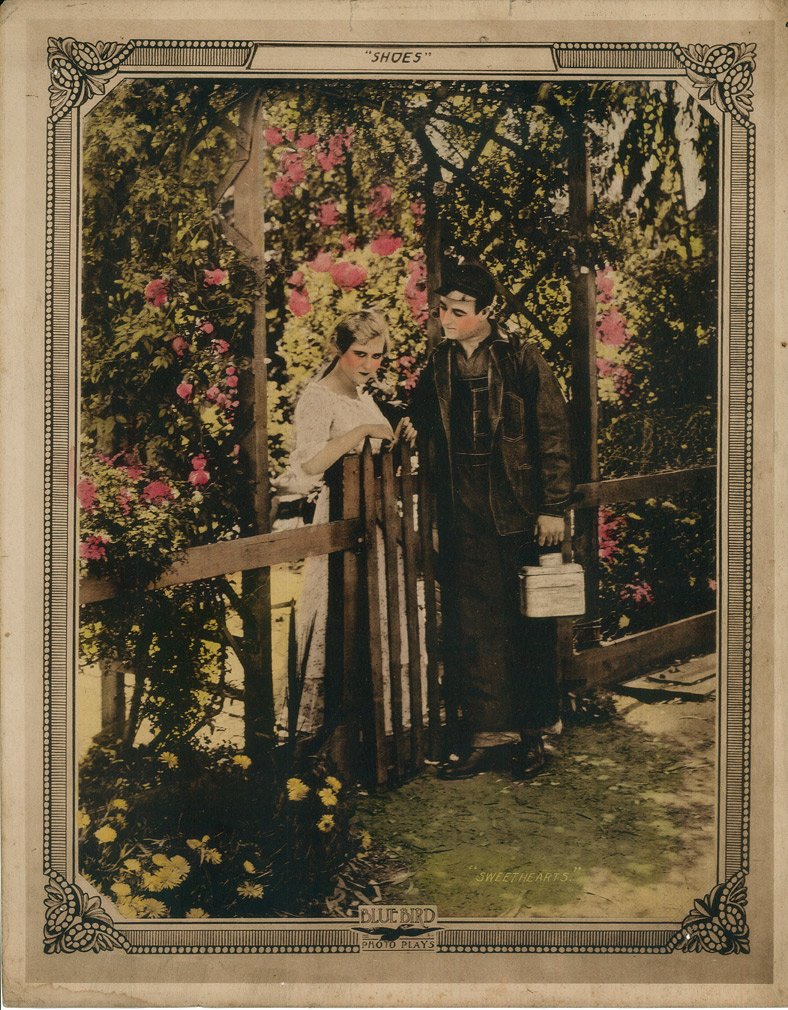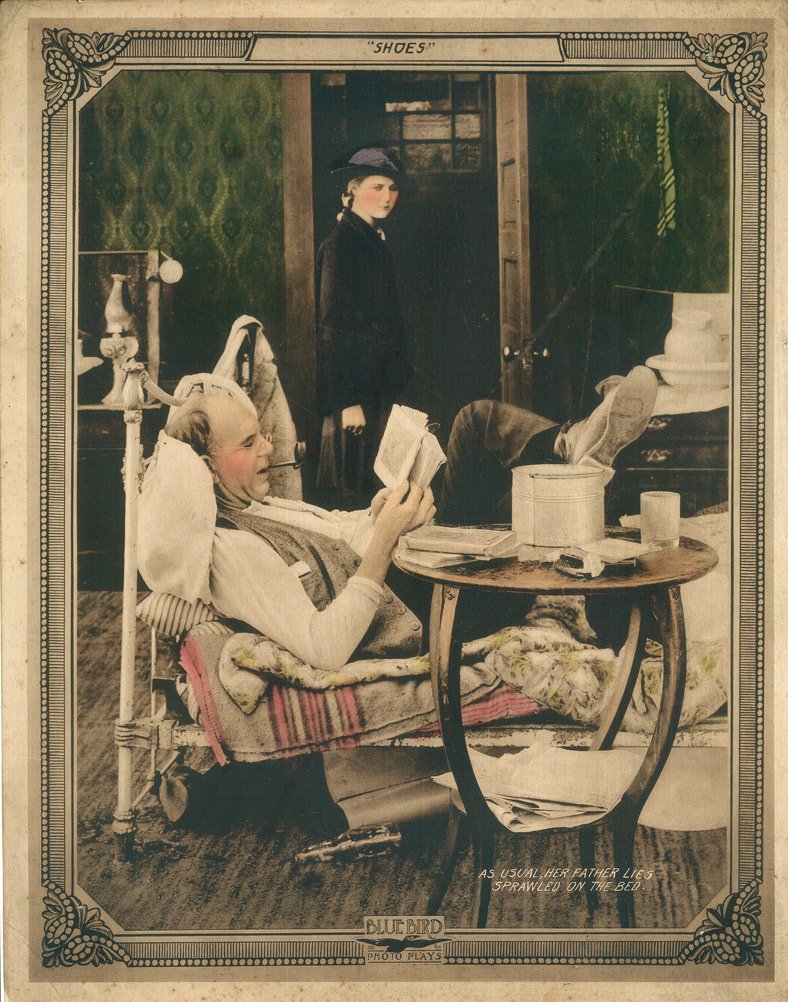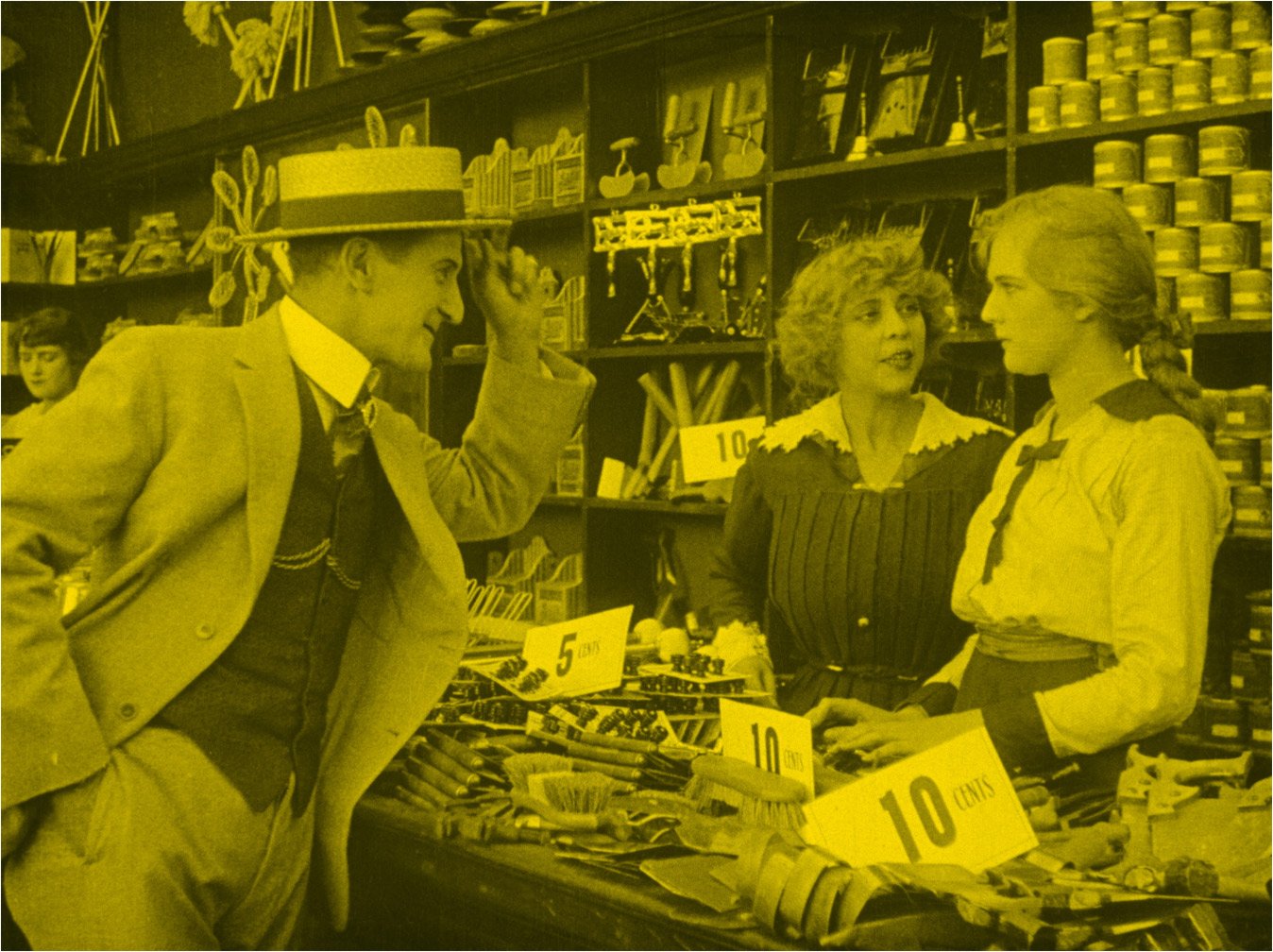
SHOES
Shoes
(Bluebird Photoplays Inc., USA, 1916)
dir.: Lois Weber; script: Lois Weber based on a short story Shoes by Stella Wynne Herron; photog.: Allen Siegler, Stephen S. Norton
cast: Mary McLaren (Eva Meyer), Mattie Witting (Mother), Harry Griffith (Father), Jessie Arnold (Lil), William V. Mong („Cabaret” Charlie)
DCP, 53’; tinted, toned; intertitles: EN, subtitles: PL; restored 2010; source: Milestone Films
In the second decade of the 20th century, Eva, the eldest of the four Meyer daughters, is struggling to support the whole family on just her modest salary as a shop assistant in a dime store as her work-shy father is reluctant to look for a job. The girl dreams of getting herself some new shoes – the old ones she has are literally falling apart on her feet. However, other expenses – including debts – are more important to the girls’ mother, who manages the family purse strings. A female friend from the store suggests to Eva that there are other ways to earn money for the shoes...
This dramatic plea, inspired by Stella Wynne Herron’s short story, is one of Lois Weber’s best films. It had a strong impact on audiences as it combined social engagement (the problem of women’s low earnings and prostitution resulting from poverty) with an attractive form.
The highest-paid director at Universal Studios when she made the film, Weber consistently tackled difficult topics, especially those that concerned women. Her films were praised for their artistry and realism (Shoes was shot on the streets of Los Angeles) and they were also profitable, such as the costume drama The Dumb Girl of Portici (1916) with ballerina Anna Pavlova or the controversial but moving film on the issue of birth control Where Are My Children? (1916). Shoes entered cinemas shortly after that film and it was well received as another of Weber’s important statements on a social debate. It was made even more credible thanks to the director’s wonderful new find (not her first): sixteen-year-old Mary McLaren, who combines girlish innocence with the maturity of a woman tired of her hard life. Her performance, supported by the various ploys to subjectivise the narrative, helped Shoes to gain the empathy of viewers, yet without over-moralising.
In a bid for greater independence, Weber would soon set up her own studio, before signing a lucrative deal with Paramount where – with her realistic tale of poverty in The Blot (1921), for example – she was able to continue on her social mission until her audience began to value pure entertainment more. (KW)
The restoration was carried out in 2010 by the Eye Filmmuseum and based on three different source materials: two tinted and toned nitrate copies, both of which were badly deteriorated, from the collection of the Eye Filmmuseum, and also a safety sound copy from the Library of Congress, which helped to make this the most complete version of the film.
introduction to the movie: Iga Harasimowicz
section: FOUR SIDES OF THE WORLD
music by: Pola Atmańska
WEDNESDAY | OCTOBER 27
21:00 | screening room: MAŁA CZARNA
presented with: The Twins




